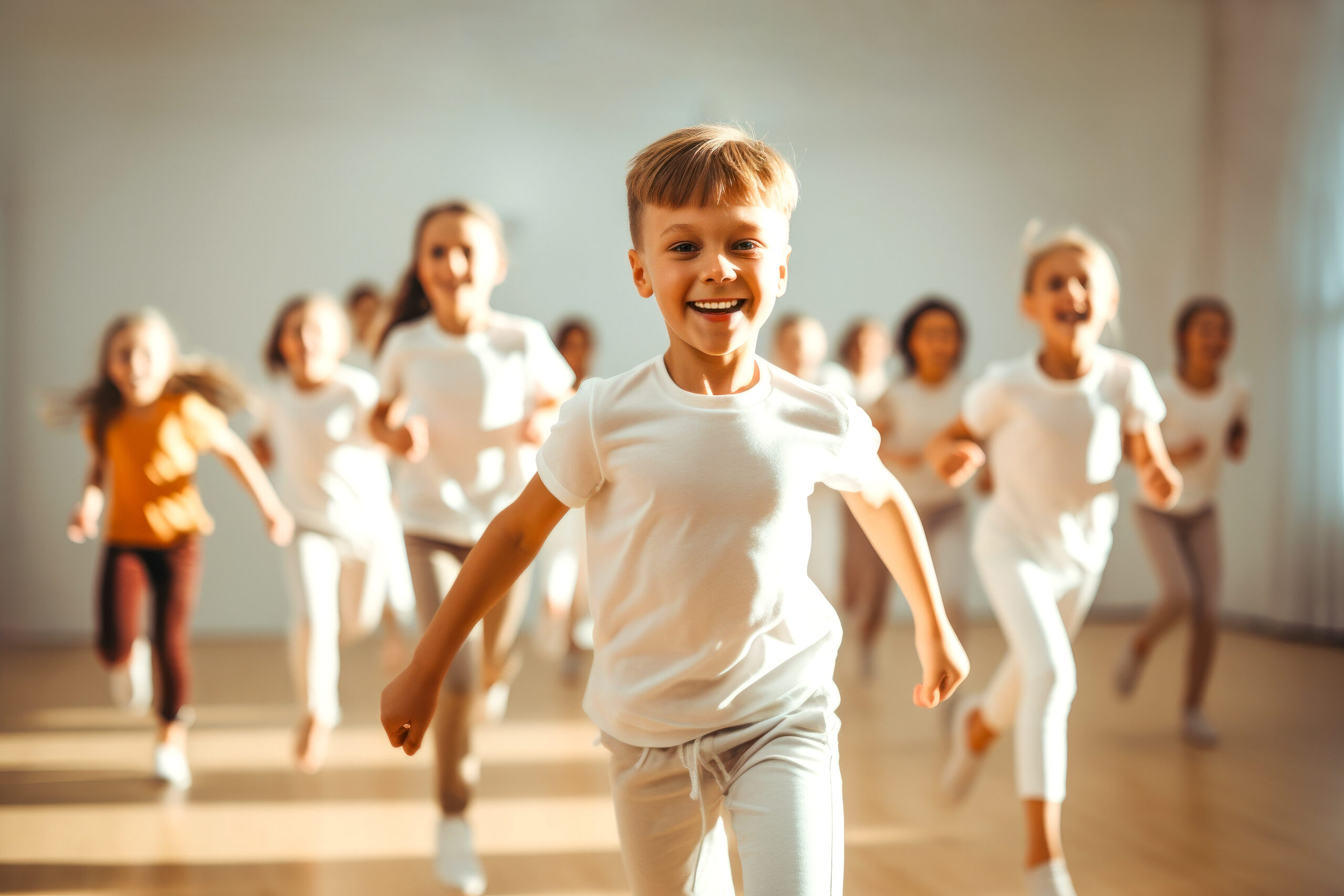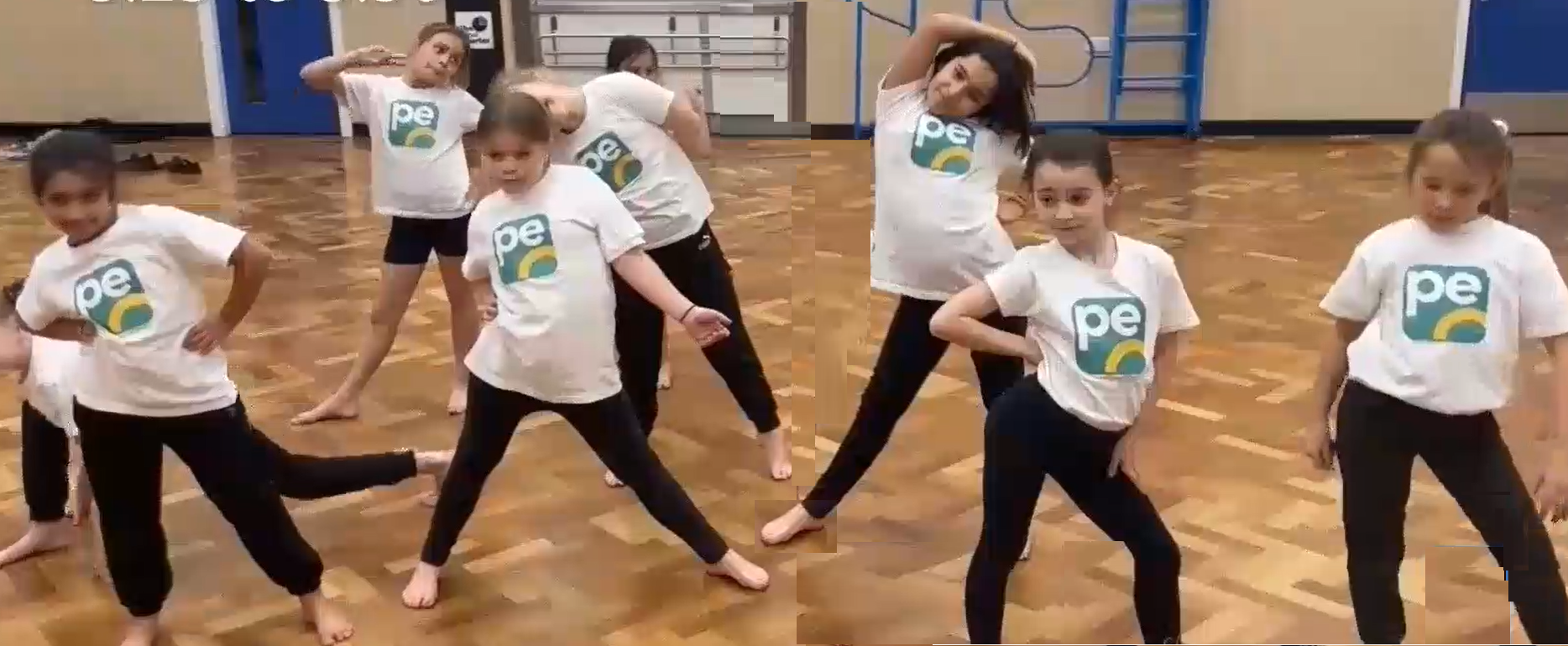Gymnastics in primary schools: What should be covered and why
Gymnastics is an essential part of Primary School PE. It is fun, and offers lots of opportunity for social interaction. Importantly, it promotes physical development, cognitive skills, confidence, discipline and resilience. This week, we are excited to launch our brand-new gymnastics plans. Two units of work per year group, compromising easy to follow National Curriculum […]

Gymnastics is an essential part of Primary School PE. It is fun, and offers lots of opportunity for social interaction. Importantly, it promotes physical development, cognitive skills, confidence, discipline and resilience.
This week, we are excited to launch our brand-new gymnastics plans. Two units of work per year group, compromising easy to follow National Curriculum based lesson plans. With gymnastics such a vital part of PE, we’re confident these will take your lessons to the next level.
Each unit of work covers the essentials of gymnastics and now include pupil guidance cards and video demonstrations. This ensures the gymnastics plans are hugely engaging for all pupil abilities. Other key focusses on the design of these lesson plans include movement, physical development, teamwork and opportunities to perform.
In this blog post, we are going to take a look at what should be covered in gymnastics in primary schools, and why. However, if you want to jump straight in, you can find our new gymnastics lesson plans here.
Gymnastics KS1
For Key Stage 1, gymnastics lessons should fulfil National Curriculum requirements for developing balance, agility and coordination. It’s in these lessons that basic gymnastics movements can be introduced, helping to build pupils’ confidence and competence from the start.
Gymnastics KS1 lessons should cover:
Warm-up exercises
Preparing the body for physical activity can include jogging, stretching, and simple body movements to increase heart rate and flexibility. As often as possible, warm up activities should be linked to the lesson theme.
Travelling and Moving
This is one of the most important aspects in gymnastics, as well as a main contender for developing a child’s locomotor skills. It is also important for improving coordination and spatial awareness.
Key shapes
Positions such as Tuck, Star, and Arch form the foundation for more advanced movements. They can develop a child’s control and core strength.
Balancing
Walking in a straight line, balancing on one foot, or balancing on large and small body points help develop balance. Balance is a fundamental movement skill and there’s no better sport than Gymnastics for developing it!
Rolls
An introduction to rolls is so much fun for key stage one pupils. It allows them to practise and develop rolls such as a Log Roll, Egg Roll and even Teddy Bear Roll.
Jumping, landing
Landing correctly can be overlooked when teaching children to jump, but it is so important. Key Stage 1 Gymnastics teaches children how to jump and land safely with feet together; how to perform shapes in the air whilst jumping; and how to jump off low apparatus, such as small benches, developing control balance and confidence.
Sequence building and apparatus
Children gain a sense of responsibility, ownership and confidence when given opportunities to create sequences on and off apparatus. It can allow children to work together – sharing ideas, listening to others and developing their creative side. Pupils can also overcome fear when having time to explore apparatus and navigate across, on, over or under different equipment.
For our new Gymnastics KS1 lessons go to our Year 1 Gymnastics or Year 2 Gymnastics lesson plan pages
Gymnastics KS2
In Key Stage 2, gymnastics lessons should progress to further developing and refining each child’s strength and capabilities. Our new gymnastics lessons plans are designed to do this.
Key areas that Gymnastics KS2 lessons should cover are:
Warm-up and flexibility
Cardiovascular exercises help to prepare the body for physical activity and help to enhance flexibility. See how our warm up activities are directly linked to each lesson theme.
Rolls and rotations
Moving on from KS1 activities, these movements should advance to include more complex rolls, and roll combinations, including linking jumps and rolls.
Balancing
Key Stage Two children should be challenged further when balancing. This could include more challenging individual balances, or balancing on apparatus such as beams to help increase strength and stability.
KS2 Gymnastics should also introduce partner balances and group balances with a variety of counter balance, counter tension and weight bearing – difficulty increasing through the year groups.
Jumps and leaps
A variety of different jump techniques, encouraging children to generate power, achieve height, distance and a controlled landing. This builds strengthening, balance and control.
Vaulting and flight
Key Stage Two Gymnastics starts to introduce vaulting, and children practise combinations and techniques needed to develop vaulting as they progress into Key Stage 3.
Routine Development
Linking elements such as rolls, jumps, balances and travelling elements will encourage creativity and expression while emphasising correct technique, finesse and fluency. Children will be given an opportunity to create routines individually, in pairs and in small groups.
Apparatus skills
Exploring a wider range of apparatus can help with balance, coordination and confidence. Primary Schools can be limited with equipment, but you will be surprised what can be achieved with benches, balls, hoops, etc.
Strength and conditioning
Exercises that develop overall strength, endurance, and body awareness will help build each child’s confidence, as well as preventing health issues in later life.
Evaluating
For building self-confidence and developing social interaction, children should evaluate their own and others’ performances, and provide constructive feedback. It allows children to see where they could do better. It also allows them to understand that they themselves can grow through constructive feedback from their peers. Gymnastics is an ideal platform for introducing positive Citizenship.
For our new Gymnastics KS2 lessons go to our Year 3 Gymnastics, Year 4 Gymnastics, Year 5 Gymnastics or Year 6 Gymnastics lesson plans pages.
Prioritising gymnastics in primary schools
At PE Planning, we believe that gymnastics lessons are vital for primary-age children. Gymnastics lessons offer unique benefits and contributions to the holistic development of pupils… More than most other single areas of PE.
This is why we believe in the prioritising of gymnastics in primary schools. It’s why we have gone to such huge efforts to renew our entire offering of gymnastics lesson plans.
Please do not hesitate to contact us if you have any feedback on our brand-new gymnastics lesson plans. If you’ve not seen them yet, we’ve included a teaser video below. Or, if you wish to ask for help before you deliver a Unit of Work to your pupils. We love to help – good luck!


